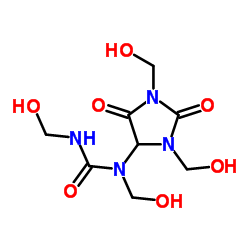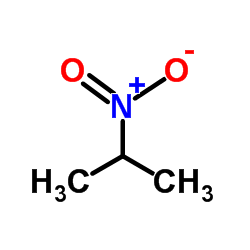| 结构式 | 名称/CAS号 | 全部文献 |
|---|---|---|
 |
重氮烷基脲
CAS:78491-02-8 |
|
 |
2-硝基丙烷
CAS:79-46-9 |
| 结构式 | 名称/CAS号 | 全部文献 |
|---|---|---|
 |
重氮烷基脲
CAS:78491-02-8 |
|
 |
2-硝基丙烷
CAS:79-46-9 |